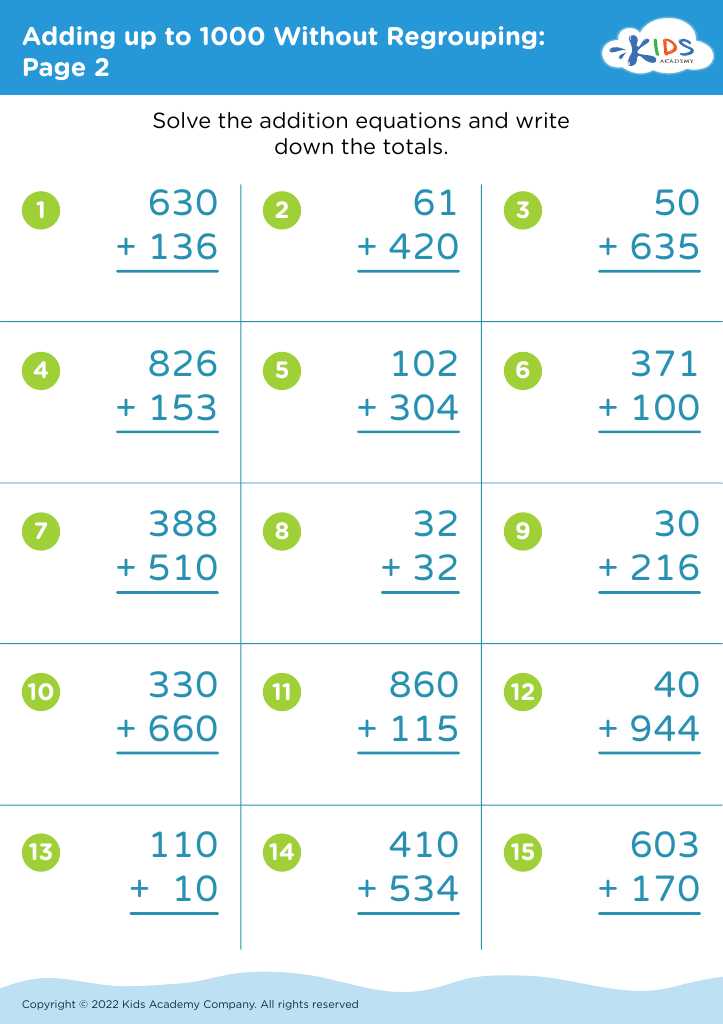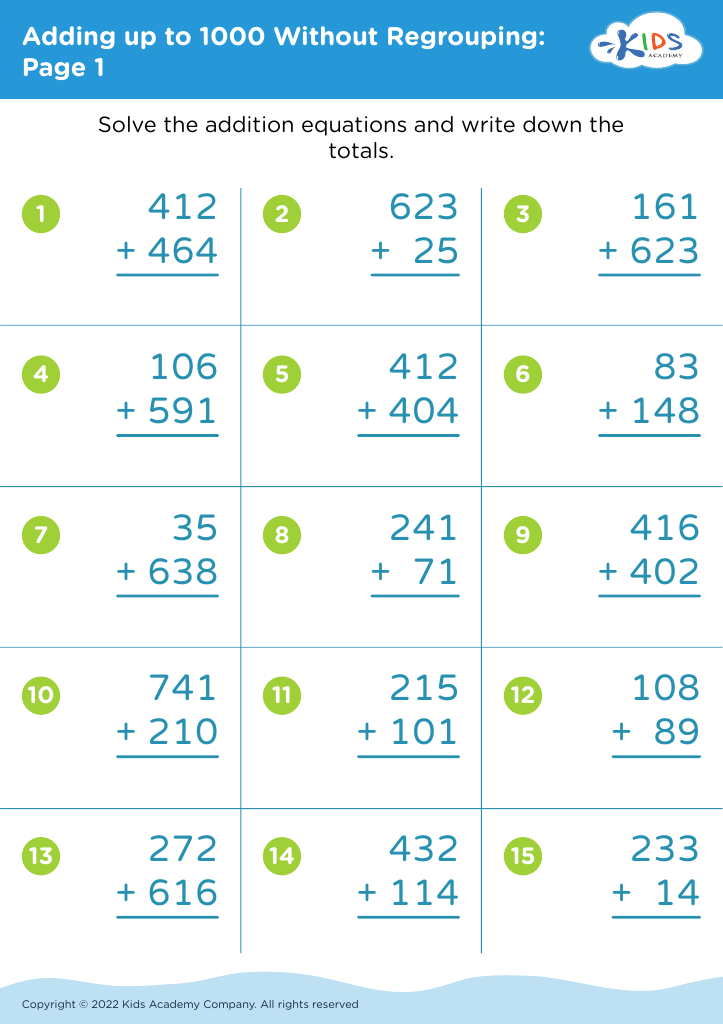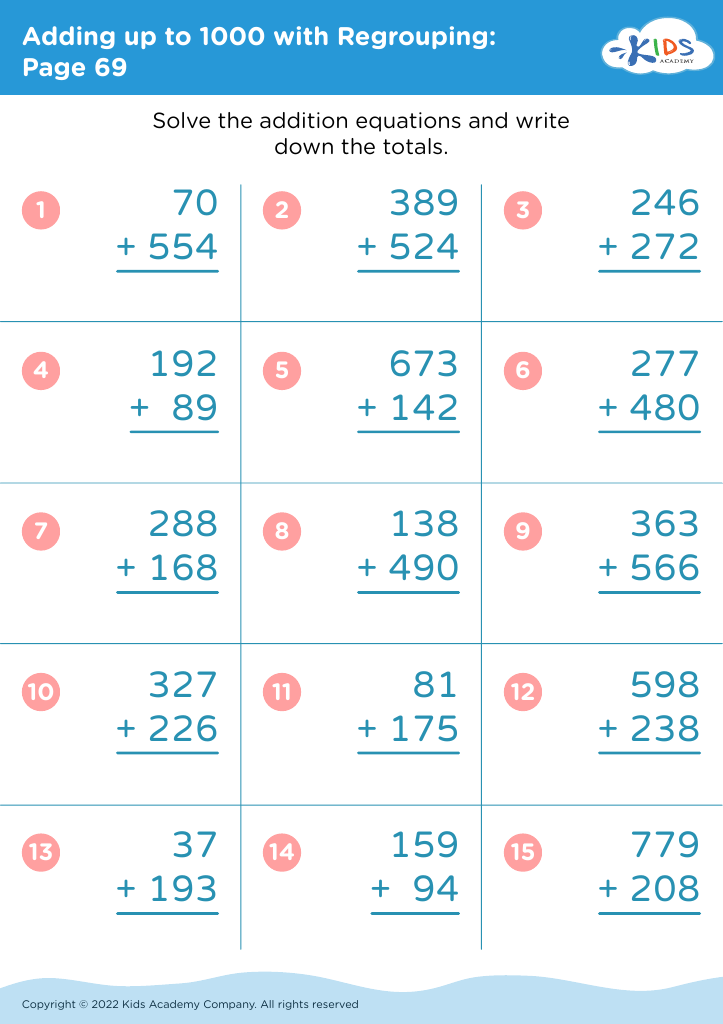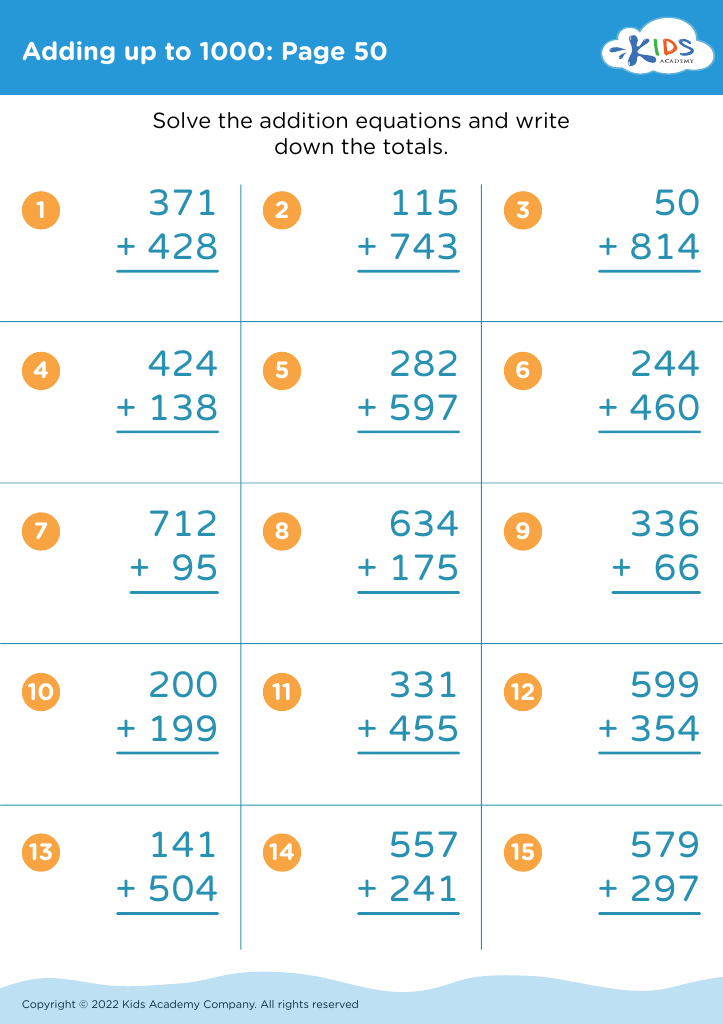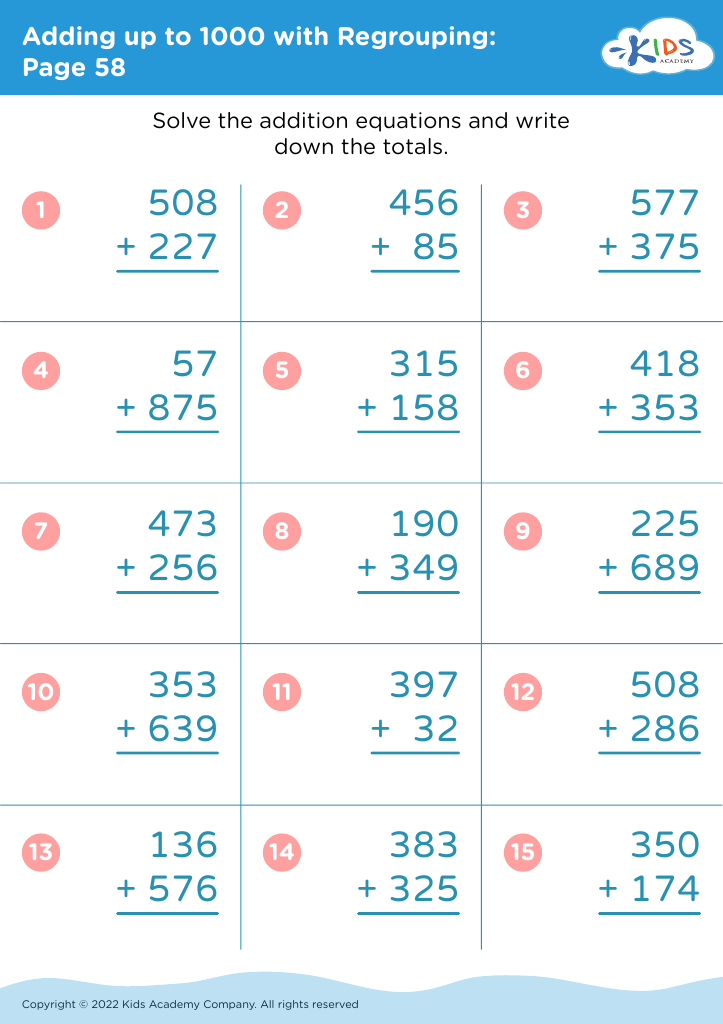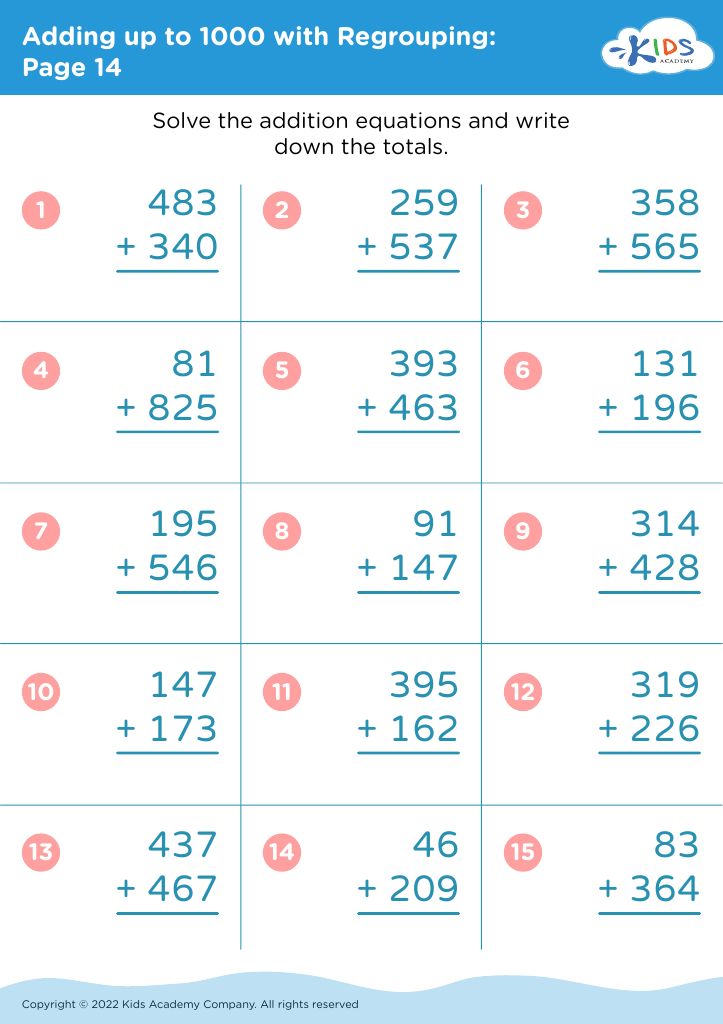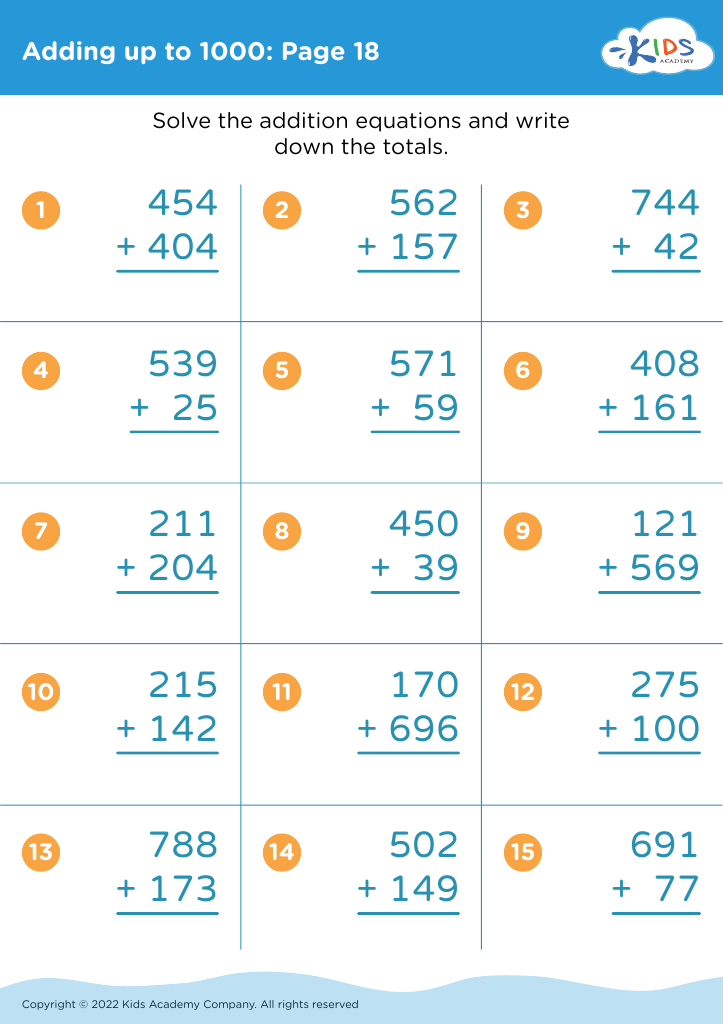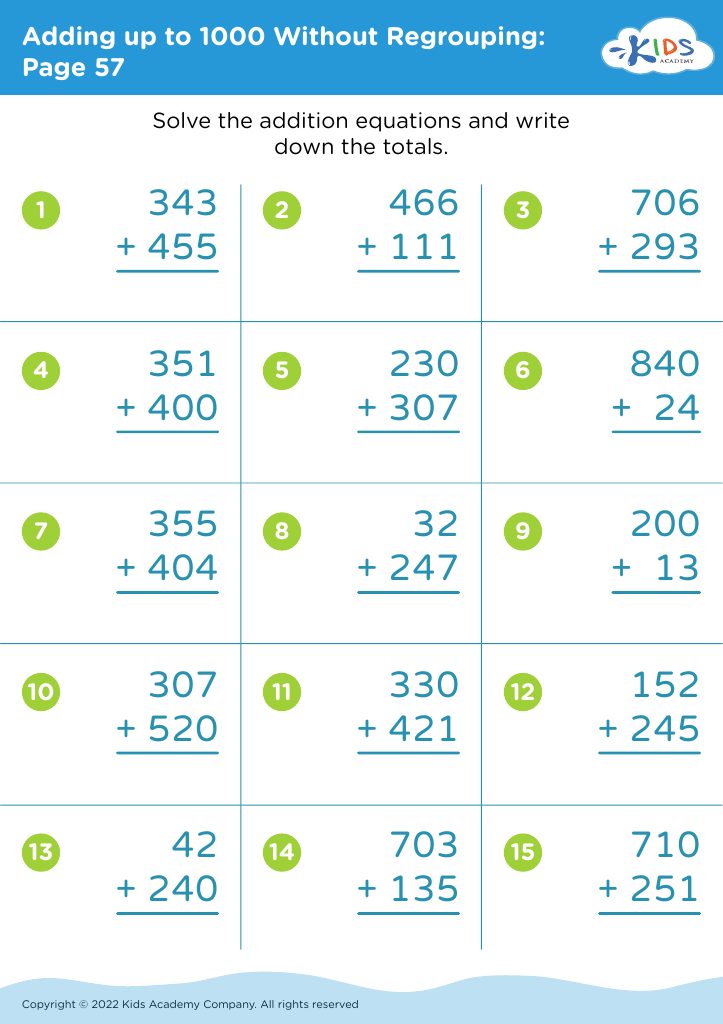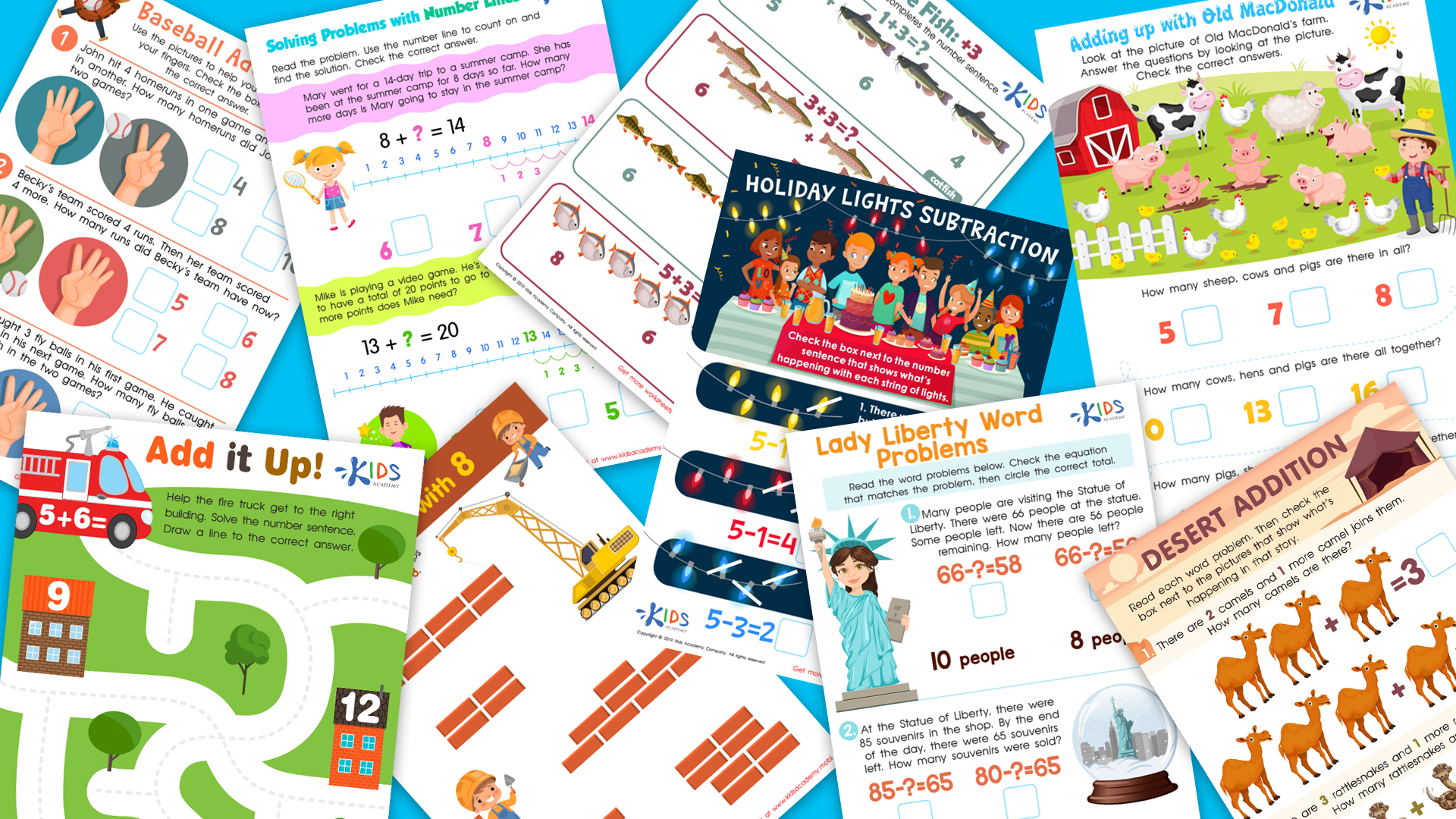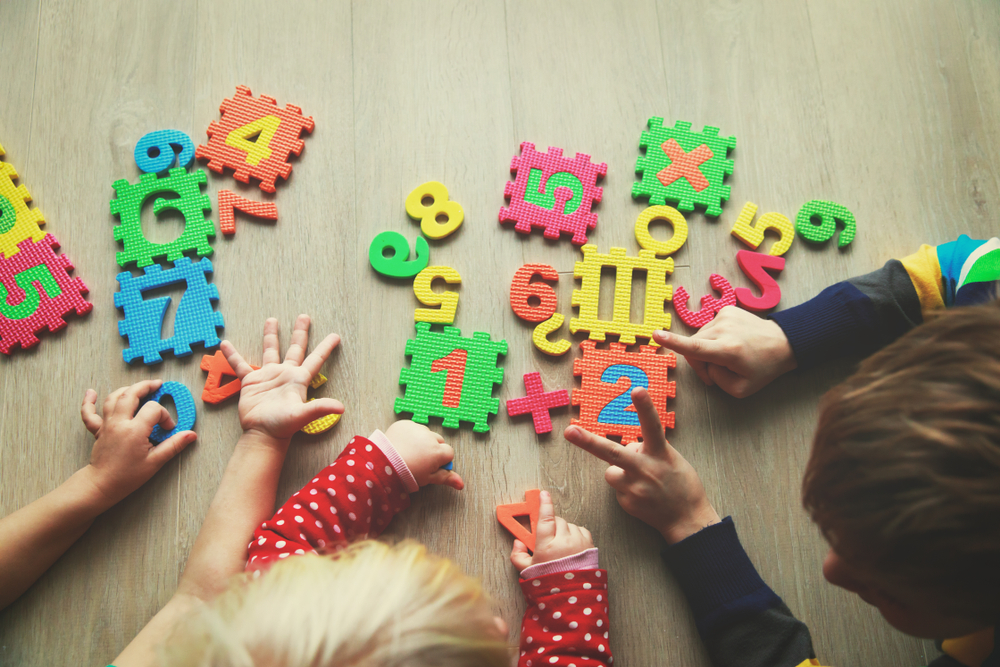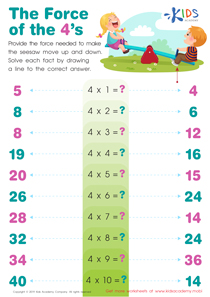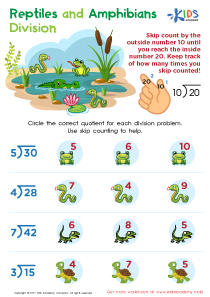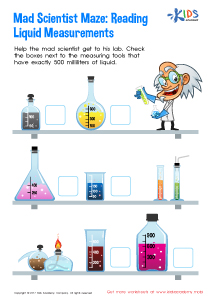Shape Recognition Grade 3 Addition & Subtraction Worksheets
12 filtered results
-
From - To
Our "Shape Recognition Grade 3 Addition & Subtraction Worksheets" provide an engaging blend of geometry and arithmetic to enhance math skills. Designed specifically for third graders, these worksheets integrate fun shape recognition tasks with addition and subtraction practice. Students identify and count shapes while solving math problems, encouraging multi-skill development. Each worksheet is structured to promote critical thinking and problem-solving abilities, helping students strengthen their understanding of both geometric concepts and arithmetic operations. Perfect for classroom or at-home practice, these worksheets make math interactive and enjoyable, laying a strong foundation for future learning success.


Dinner Shapes: Making a Whole Worksheet
Shape recognition, in conjunction with grade-appropriate addition and subtraction, forms a crucial aspect of early childhood education and has multifaceted benefits for young learners. First, shape recognition fosters spatial awareness and visual perceptual skills. These capabilities are foundational for understanding more complex mathematical concepts and help children interpret the world around them more effectively.
Integration of shape recognition into arithmetic exercises, such as grade 3 addition and subtraction, provides a context for abstract numbers, making math more tangible and relatable. This blended approach not only solidifies fundamental arithmetic skills but also enhances cognitive connections. Engaging with shapes like squares, circles, and triangles while performing addition or subtraction connects mathematical operations with geometry, laying a groundwork for future math topics.
Moreover, these activities sharpen problem-solving and critical thinking skills. As children identify shapes and manipulate them through arithmetic operations, they learn how to approach and solve problems systematically.
Teachers and parents should emphasize shape recognition paired with grade 3 addition and subtraction because it promotes a holistic cognitive development, aligns with educational standards, and prepares children for advanced learning stages. This nurturing of young brains can encourage a lifelong affinity for math and logical reasoning, providing a balanced and enriched educational experience.

 Assign to My Students
Assign to My Students
